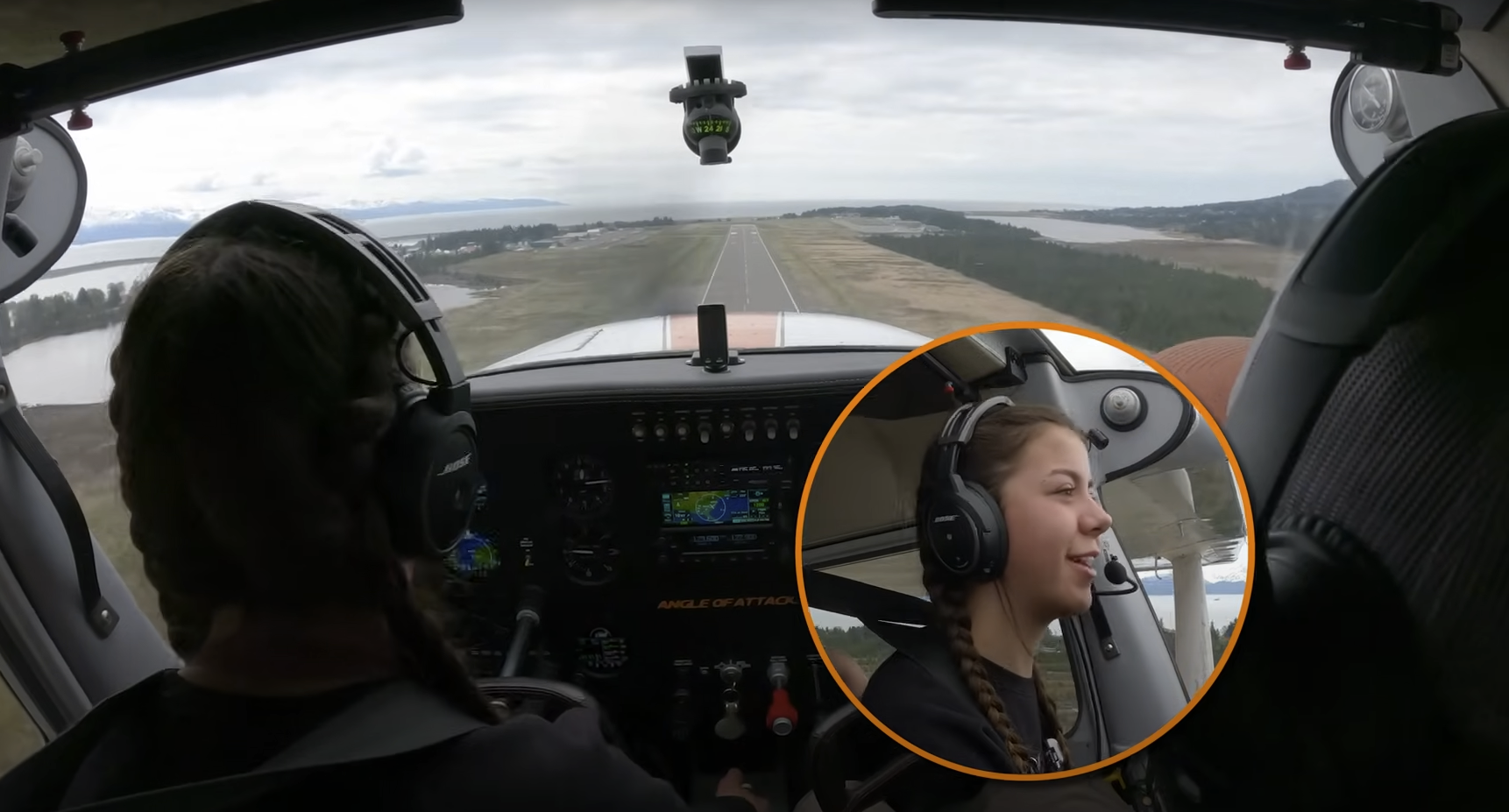
During the soft field landing our main objective is to protect the nose wheel and propellor as we land. We land as softly as possible, maybe even with a little bit of power, and hold the nose wheel off as long as possible.
A soft field landing is performed when there is grass, loose gravel, snow, beaches and a number of other locations where there’s the potential for the nose to come forward.
In this video you not only see the soft field landing technique performed on a shorter runway, but you’ll also see a landing at a confined airport. A confined airport is any airport that has terrain or trees around it, confining it to a smaller area.
Learning to fly into an airport like this in Alaska, and in this case Seldovia, Alaska, can be challenging. You fly the airplane at all times. Energy is the big key. Too much airspeed could really hurt you, so you’ve got to be comfortable with flying the numbers.
Smooth is the name of the game as well. Always, always fly smooth in situations like this. That along with energy management and good planning will equal success.
Chief Flight Instructor and President of Angle of Attack. Founded in 2006.

Stay Connected
Be the very first to get notified when we publish new flying videos, free lessons, and special offers on our courses.





